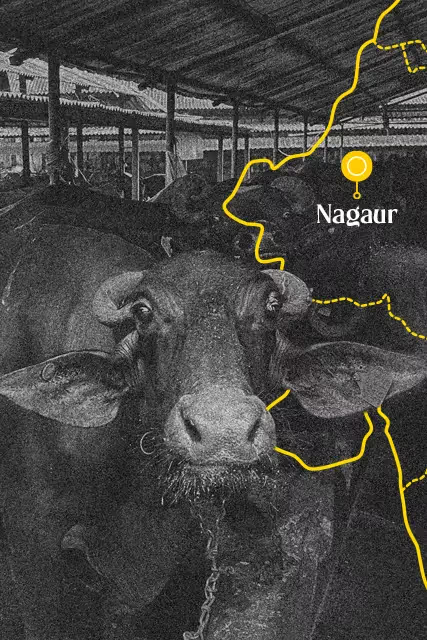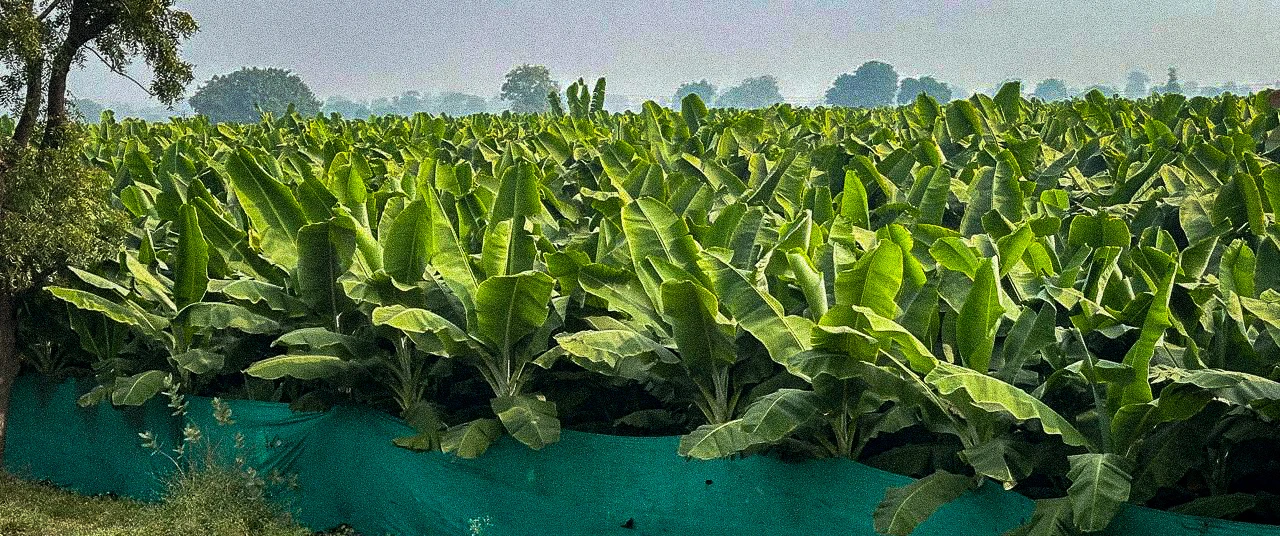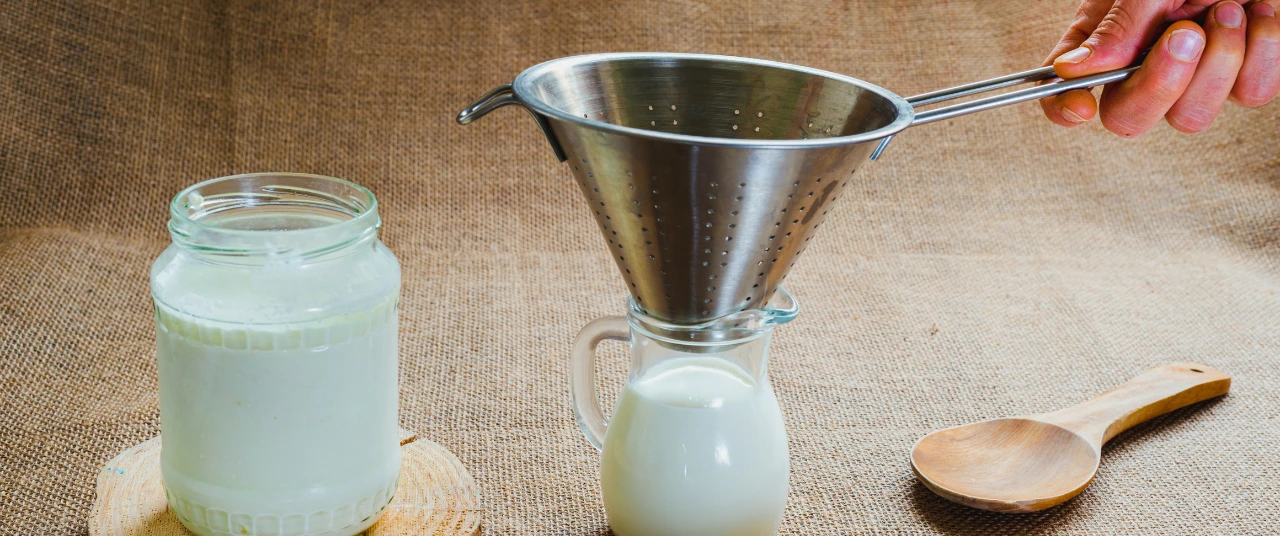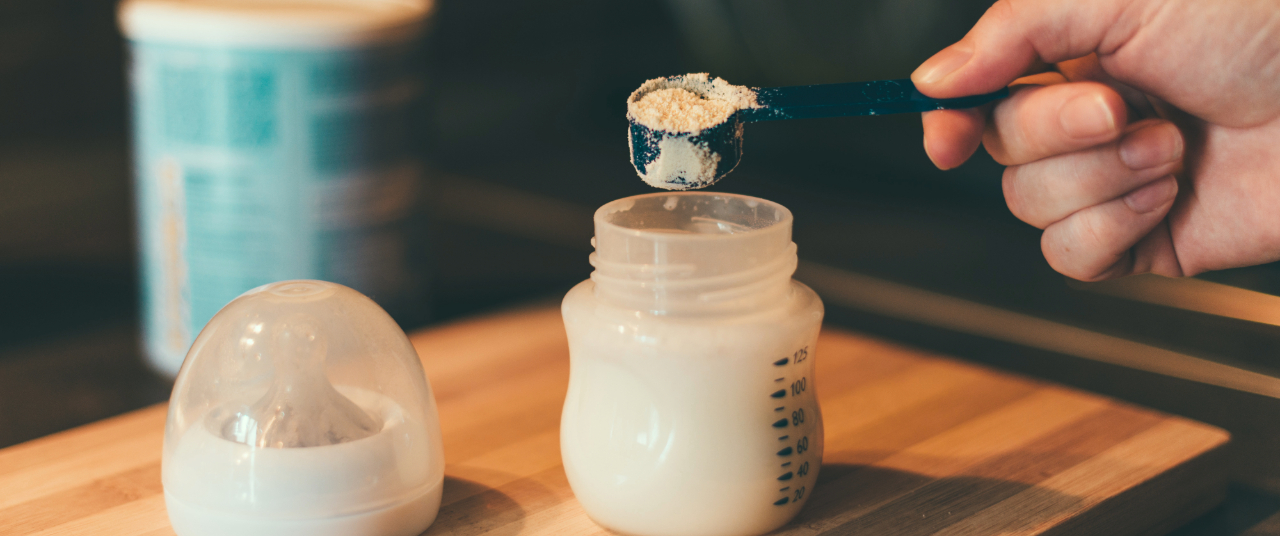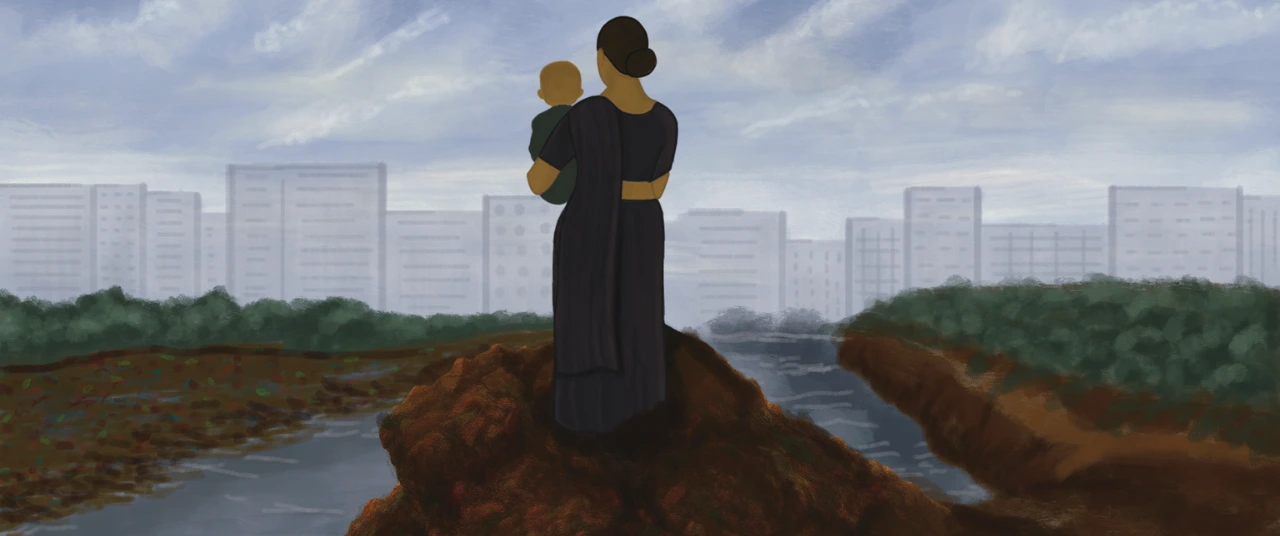With a 4,000-strong dairy network, this Rajasthani community is a key player in the city’s milk economy






Just a few lanes from the high-rises of Saat Rasta—an upscale neighbourhood in Mahalaxmi/South Mumbai, is a space locally referred to as the 'Tabela'. It’s a strange name, since a ‘tabela’ refers to a dairy farm, and there hasn’t been a single buffalo in sight in the vicinity for years. Turns out, the area used to be a tabela before it was converted into a residential space, which is why locals still remember it by its past name. Today, the area is home to baithi chawls—single storeyed structures which were introduced by the Maharashtra Housing And State Development Authority (MHADA) in the 1970s, when it was converted into a Transit Camp. The structure which houses residents has persisted. The remains of the tabela, however, survive only in speech, the last refuge of forgotten geographies.
Sixty nine-year-old Salim Rizvi, who has lived in Saat Rasta for a long time, remembers a Mumbai that was once Bombay and recounts its history. The lean, soft-spoken member of the Nagori community speaks of his forefathers who first migrated to the city in 1938—and who were one of the first of many to own a tabela in the area, which stretched across nearly five acres. Standing behind the counter of his dairy business, the Bandra Milk Centre, Rizvi’s eyes light up when he speaks of the Nagori community—a group of dairy farmers who migrated from Rajasthan’s Nagaur district to Mumbai.
The Nagori community’s primary, ancestral occupation has always revolved around milk. Back in Rajasthan, labour was hard to find and business remained largely local, contained to one’s own and neighbouring villages. Mumbai offered a bigger and better market. The Nagoris identified the city’s growing appetite and demand for dairy, and families arrived in waves—some before Partition, and some after. The community laid the foundations for a milk network, which today comprises nearly 4000 centres across the city. They are predominantly Sunni Muslims. Even though they have established businesses across metropolitan Mumbai, they have maintained strong ties with their ancestral village Basni and visit it often.
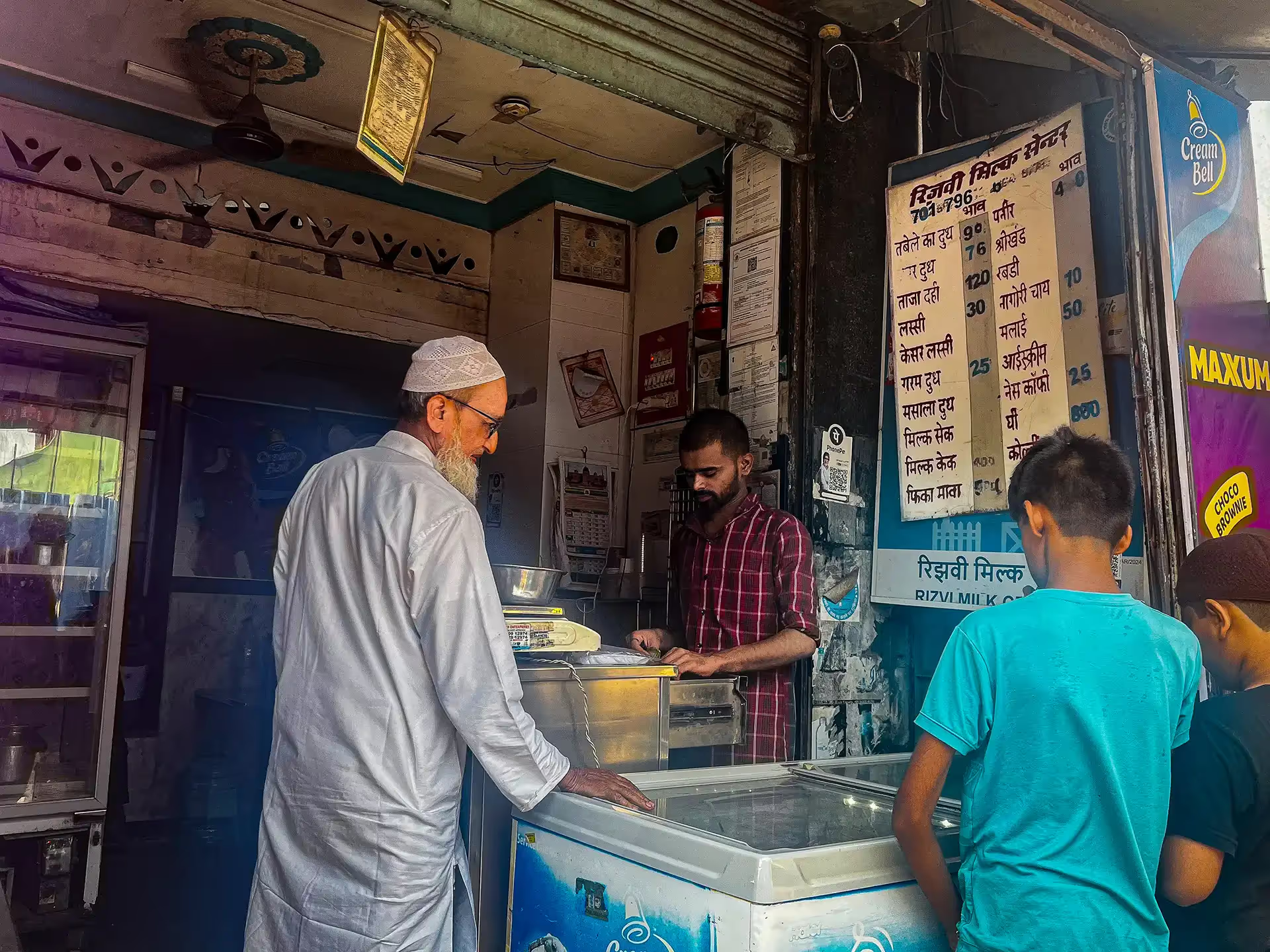
Everyday, Rizvi returns to his milk centre after his Zohar prayers at exactly 3 p.m. and pauses for just a moment before commencing his work again. His daily afternoon rituals? Ladling milk into packets and handing out ice cream to children waiting outside his shop. His attire is similar to that of most Nagori men—he is dressed in a white kurta and pajamas, along with a skull cap. He also keeps a long beard.
Most of Rizvi’s customers are from upscale areas like Bandra. Once a Physics and Maths professor, he left academia behind to devote himself fully to the milk business. Like every other Nagori milk centre, Rizvi’s shop also serves a few dairy products that are made in-house and are highly in demand. However, he doesn’t sell shrikhand—a product he claims to have mastered, but which ostensibly doesn’t have a market in Bandra. “Milk is one of the only foods whose value increases as it spoils. If the milk goes bad, we can make paneer out of it, which sells for Rs. 400 per kg. If it spoils further, we can turn it into ghee and sell it at Rs. 800 per kg,” he says.
The Nagoris brought with them not just buffaloes but an entire social architecture: a co-operative network that still supplies raw, fresh, and unpasteurised milk to thousands of homes and chai stalls at nukkads across Mumbai. The Nagori way of doing business has inherited and retained its analog quality through generations of dairy farmers. Their product is delivered with the same fidelity as it has for nearly a century: milk arrives from farms in clinking aluminum cans, and is ferried to dairies tucked away in old neighbourhoods, where winding queues of customers are already waiting. Several Nagoris paused operations during the Indian Emergency of 1975, but reopened once the turmoil tided over. Milk is poured by the litre, curd is ladled into steel bowls, and lassi is freshly churned everyday. No apps, subscriptions or delivery people interfere with how the system has run for over a century.
The Nagoris identified the city’s growing appetite and demand for dairy, and families arrived in waves—some before Partition, and some after.
While many Nagoris left in search of education or other careers, a significant number of them found their way back to the family business due to familiarity with the operations and community support. Mohammed Sardar, 57, speaks about how he once wanted to become a doctor. He worked towards this goal determinedly, but eventually chose the milk business instead. “I couldn’t find a reason not to,” he says while recalling how difficult it was to acquire a seat in a medical college.
Today, his son helps run the business – a tabela which was set up in 1958 by Sardar’s grandfather in Jogeshwari. So do his nephews. One of them did become a doctor but eventually “ended up in the kaarobaar [business],” Sardar says.
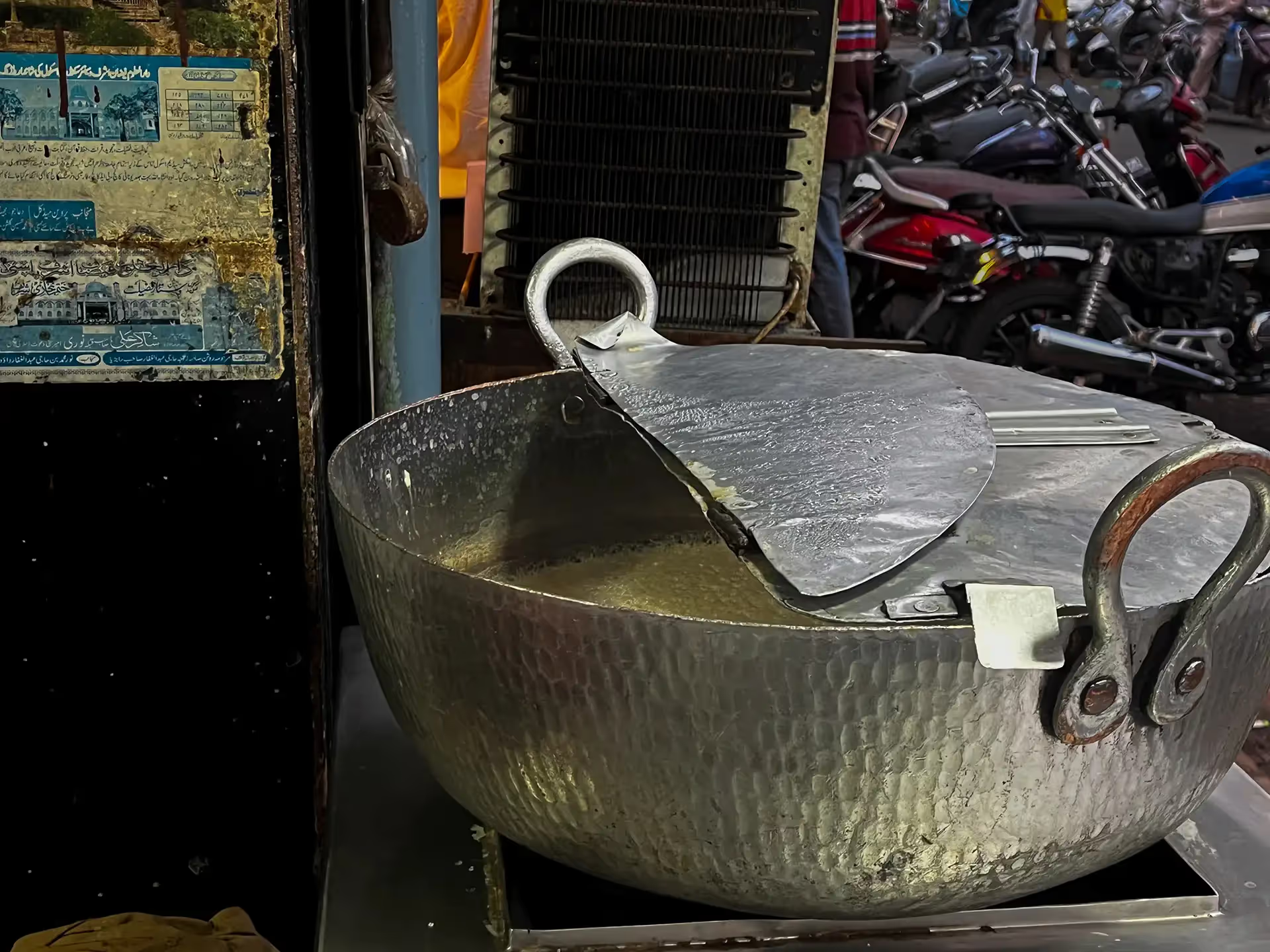
In 1977, the Nagoris realised the need to bring people from their community together. Rizvi and fellow Nagoris formed the Bombay Nagori Association. The association voluntarily helps people from the community join the business. Every three years, an Association head is elected. Rizvi, who continues to be on the Board of Directors recalls that at a point, folks from the famed Aarey Milk Colony in Mumbai also came seeking collaboration, but the community—so close-knit in nature—was not comfortable sharing their space.
Post the COVID-19 pandemic, many members from the Nagori community have migrated to other metropolitan cities, including New Delhi, Ahmedabad, Surat, and Nashik to set up tea stalls. However, their core milk trade remains in Mumbai, unchanged.
Also read: Is the paneer on your plate real?
A lineage of milk
Nagori milk has its own dedicated fanbase. But anyone who has ever loitered around the streets of Mumbai in search of a piping, hot cup of tea is sure to have encountered a Nagori tea stall. Customers throng the tea centres from morning until night. The sweet, creamy tea has a distinct flavour profile and has built a reputation for itself in the city’s dairy economy.
But the ‘chayaas’—my grandmother’s playful blend of ‘chai’ [tea] and ‘pyaas’ [thirst]—has somehow turned into an addiction, exclusive to this side of the border. It was only after the British introduced tea to India that some community members began selling tea alongside milk. Interestingly, those who migrated to Pakistan following the 1947 Partition continue focusing solely on the milk trade, never incorporating the caffeine-fix into their business model, says Rizvi, who has relatives across the border.
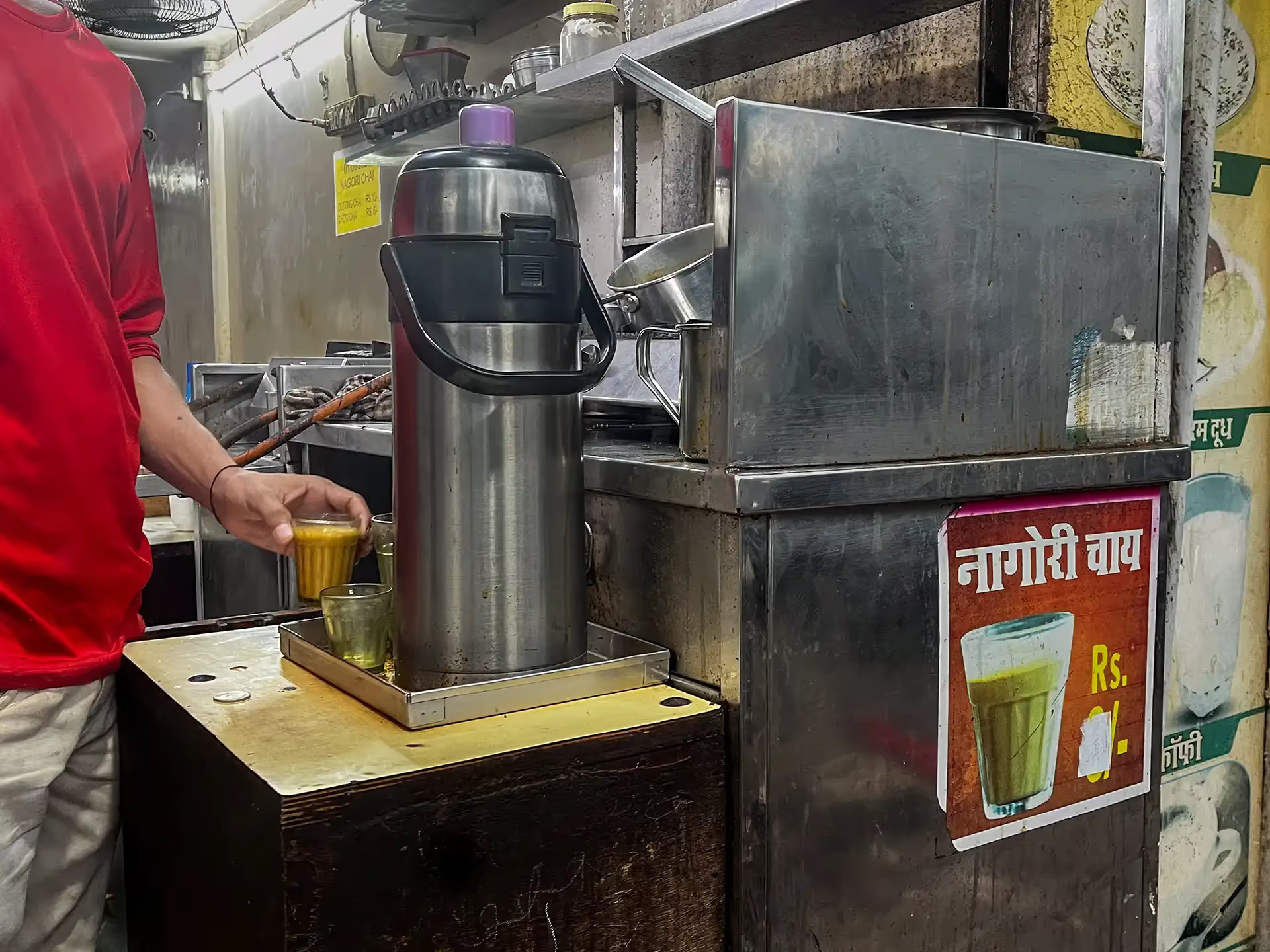
Ahmed Raza, who is also from Nagaur, runs a tea stall in Agripada. Raza has been sourcing milk from Morland Dairy (a Nagori enterprise) since 1983, a supplier which has monopolised the Saat Rasta/Jacob Circle neighbourhoods of Mumbai since 1952. He explains that only those who own tabelas (dairy farms) operate milk centres; the rest typically run tea stalls like him.
Raza religiously waits at Morland Dairy every day, waiting for the milk van to arrive. The assistants at the shop ready themselves in anticipation, rinsing the cans so that they can be filled with fresh milk. Customers arrive at 8 p.m like clockwork. Every few minutes, someone stops by—people riding a scooter with a child in tow, or burqa-clad women—asking familiar questions: “Doodh aaya? [Has the milk arrived yet?]” “Gaadi kitni door hai? [How far away is the milk van?]” The answer is always the same: “It’s on its way, just wait a little longer.”
“The moment the vehicle arrives, customers stream in from all corners as if they were lurking around the neighbourhood, waiting for just this moment, " Raza says as he chuckles. The dairy has a loyal clientele, some of whom have been buying this milk from the past 30 years.
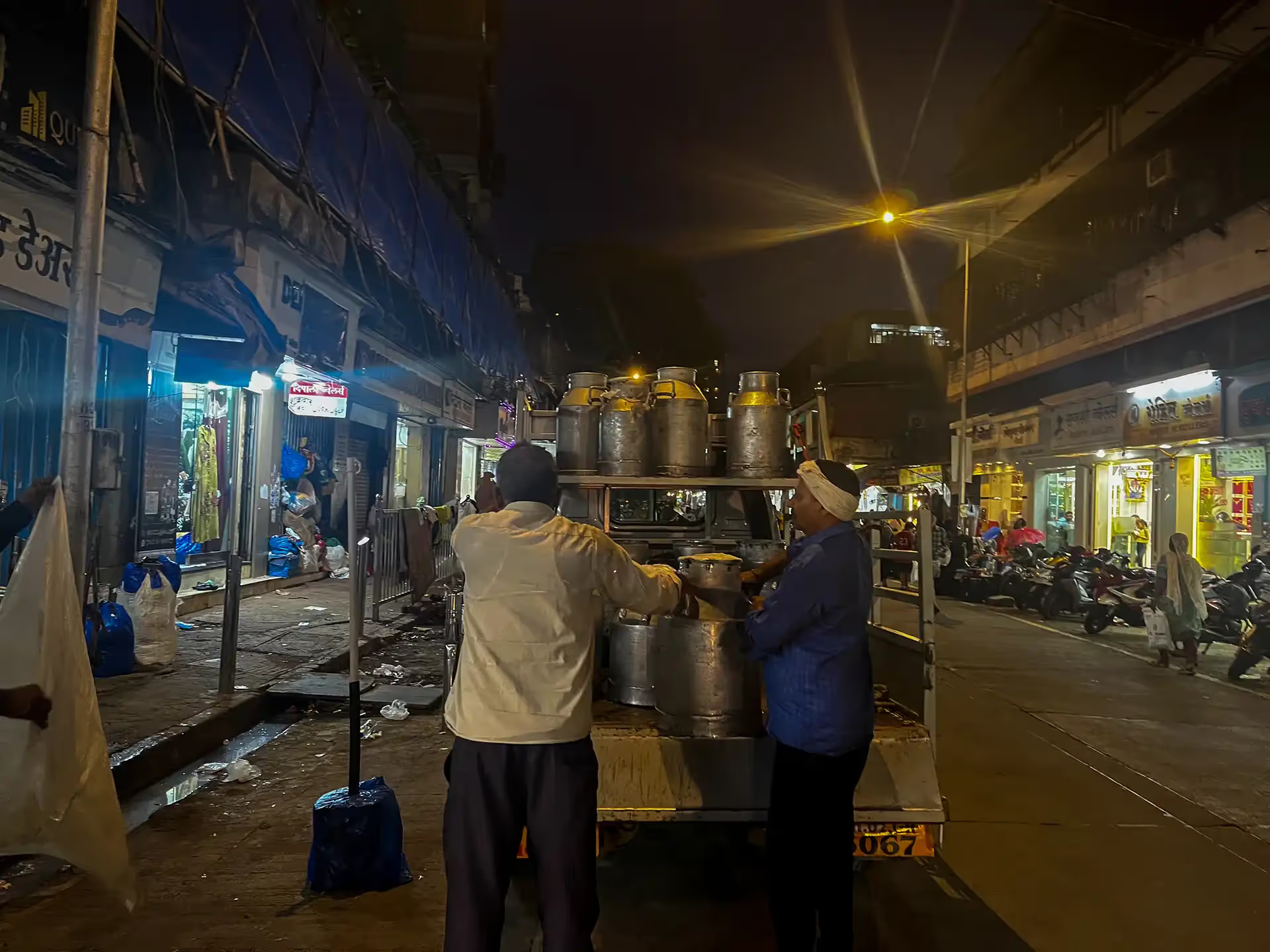
Despite high demand, the businessmen refuse to offer doorstep delivery and have remained analog—even when customers offer to pay ₹5–10 extra per litre, or pay in advance. Why? Mainly due to the fear of middlemen adulterating the milk, and past experiences of customers relocating without settling a month’s worth of dues.
Nilofar Shaikh is one such customer who waits outside Morland Dairy at 8 every evening. “The milk quality is so good that I don’t mind stepping out of the house to purchase it, rather than just ordering online. We use other kinds of milk when making desserts like sheer khurma or custard because it is thinner. But Nagori milk is what we prefer for everyday use,” she said. “The price rises by Rs. 2 every year but we don’t mind paying a little extra since the milk is fresh.”
The dairy has a loyal clientele, some of whom have been buying this milk from the past 30 years. Despite high demand, the businessmen refuse to offer doorstep delivery and have remained analog—even when customers offer to pay ₹5–10 extra per litre, or pay in advance.
The price hike is a reflection of CNG and fodder prices. In 2006, the Maharashtra government proposed moving Mumbai’s existing tabelas to Palghar, a suburb on the outskirts of the city, in an effort to make urban areas cattle-free. While the Bombay Nagori Association did not agree to this, a compromise was struck and the tabelas were moved farther from the city to its northern peripheries—first to Jogeshwari, and later to Vasai. This relocation inconvenienced vendors and is reflected in rising milk prices. This also causes a delayed delivery given the traffic jams have gotten worse in the city.
Morland Dairy is the only milk parlour eponymously named after its location. Most Nagori stalls are named after the Sufi saint Garib Nawaz or a family member. Mubin Nagori is the fourth generation stakeholder of the dairy. Unlike other milk which can be stored outside for a certain period of time, Nagori milk needs immediate attention. “Since this is raw milk, it goes bad if it stays out for over an hour without being boiled,” he says. This explains why crowds eagerly wait each evening for the milk vans to arrive.
His father, Haji Qasam Kashmiri, is the current head of the Nagori Association. Much like the rest of the community, Haji Sahab frequently visits Basni. Mubin, who is in his late twenties, says, “Even if I earn around 15,000 rupees per month, it is ample money for me to live a peaceful life when I travel back to my village.”
Also read: Sasbani’s 'fruits' of labour: Reviving hope in rural Uttarakhand
The udder side
“Over a period of time the business network has moved towards Mira Road and Bhayander. These suburbs have the most number of milk centres today,” says Mubin. Morland Dairy is supplied by a dairy farm in Dahisar, which is about 30 km away. The smell of hay and cow dung fill the air during the walk towards Dahisar naka, hinting at the multiple tabelas in the area.
At the farm, women start walking in with their wide ghamelas (large iron containers) at 5 p.m. sharp as the cleaning begins. Meanwhile, the men carry hay stacks and ready the buffaloes for milking. The place has heaps of sacks full of cow feed. Sacks of cow feed are heaped over each other and milk cans clink gently.

Mubin’s older brother, Waqar Nagori is in charge of the dairy farm. He helps me understand the animals behind the business. “Most of the buffaloes used for milk production are sourced from Punjab and Haryana,” he says, “They belong to the Murrah breed whose fat content is high”. Waqar doesn’t regard bigger brands and labels as a competition since “the fresh milk supply (such as that which the Nagori community specialises in) makes up only for 10% of the whole milk market in Mumbai.”
The jet black Murrah is known for being the highest milk yielding buffalo of the 20 indigenous ones found in India. The animal has a massive body, a long head and neck, a short and tightly coiled horn, a well developed udder and broad hips. Each buffalo in the Nagori farms is given a carefully balanced diet totaling around 17 kilograms of feed per day to maintain its health as well as the consistency and quantity of the milk yield.
“The farms that move towards technologising their work will survive, the ones like ours will find it very difficult. This is also because finding labour is becoming troublesome,” Waqar says. His may be one of the last generations who will manually run the Nagori milk business. A trade-off between tradition and technology seems near-inevitable if the legacy enterprise is to survive.
The fodder comprises 2 kilograms of kapas khali [cottonseed cake], 1 kilogram each of toor chunni, makai chunni, and chana chunni—all husks of different pulses and grains. The buffaloes are also fed 2 kilograms of wheat bhusa [straw], 2 kilograms of paw beard [a legume-based fodder], 1 kilogram of broken biscuits (used as high-calorie feed), 3 kilograms of jawar kutti [chopped sorghum], and 4 kilograms of pinda grass, a nutritious green fodder. To boost energy and maintain health, an additional mix is given daily: 100 grams of gud [jaggery], 100 grams of oil, and 50 grams of a mineral supplement. As the heat in recent years has increased, jaggery has become an important part of the animals’ diet, especially during the summer months.
As evening arrives, the milking begins. The men collect the milk in buckets and then pour it into 25-litre and 40-litre cans. These are then loaded onto trucks and sent to milk collection centres. Meanwhile, the women help clean up by collecting cow dung in metal containers. Throughout the day, men spread hay and check on the animals. Above the main collection area, a low attic serves as a makeshift dormitory for many of the workers. It’s a tight space marked by small signs of domesticity like laundry fluttering in the windows and a towel slung over a railing.
Under pressure
The Nagoris have a flourishing milk trade in Mumbai. Even in an economy marked by online deliveries and branded, mass-produced items, Nagori milk and milk products are an inextricable part of the city’s fabric, and the lives of patrons who have been visiting dairies since generations. Younger generations also seem inclined towards becoming integrated into the family trade because of the strong demand for their products. But a threat looms over this milk mini-industry.
Waqar gestures toward the neighboring farms that still stand, but is uncertain about their collective future as dairy farmers.“In 2006-2007 we moved our Jogeshwari farm to Vasai. As cities continue to urbanise and populate these areas, it gets harder for us to run the business. There’s hardly any tabela left,” he says. His concern isn’t unfounded. High-rises are shooting into the sky just a stone’s throw away—silent signals of a city closing in, threatening to edge the farms out once more. Transportation has also become a major challenge in Mumbai’s socio-political landscape. Moving cattle from one place to another often involves long delays, inspections and even fines, even though the community works only with buffaloes and not cows.
“The farms that move towards technologising their work will survive, the ones like ours will find it very difficult. This is also because finding labour is becoming troublesome,” Waqar says. His may be one of the last generations who will manually run the Nagori milk business. A trade-off between tradition and technology seems near-inevitable if the legacy enterprise is to survive.
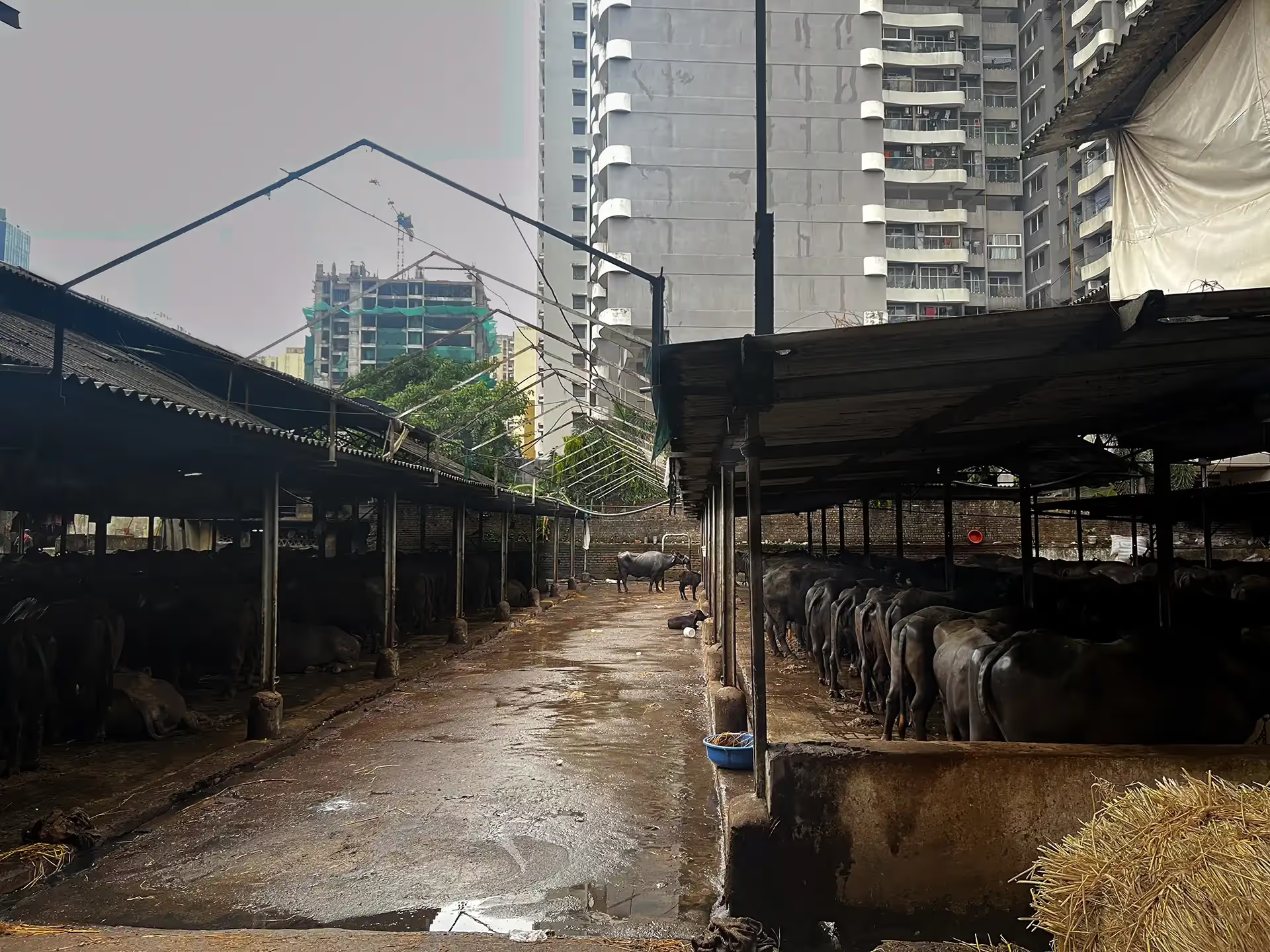
Yet, there’s hope on the horizon. The Bombay Nagori Association is helping younger generations within the community to learn the ins and outs of a century-old trade by assisting with logistics, such as milk supply and setting up a milk centre or tea stall of their own. Some, such as Rizvi’s children, have stepped in to carry the legacy forward with the same dedication. Now a mentor, Rizvi guides not only his own children but also the younger members of the Bombay Nagori Association, ensuring the tradition lives on.
Quoting Allama Iqbal, a celebrated Urdu poet, Rizvi offers a parting thought:
“Zara nam ho to yeh mitti badi zarkhaiz hai, saqi.”
"Even a parched land can thrive, with the right care and spirit."
Nagori tea and milk—unassuming, essential—quietly sustains the city’s restless population, their makers largely invisible, working far from the spotlight. As the city continues to be reshaped by political upheaval and relentless technological change, this community clings to a tradition inherited from a bygone Mumbai, when trams rattled through the streets and life unfolded more deliberately. In the sweet creaminess of a Nagori chai, one tastes both comfort and a lost slowness. Every steaming cup of Nagori chai served on Mumbai’s street corners embodies both the spirit of survival and a living archive of migration and culture.
Also read: Eating healthy: Is take-out cheaper than cooking at home?
{{quiz}}
Explore other topics
References


